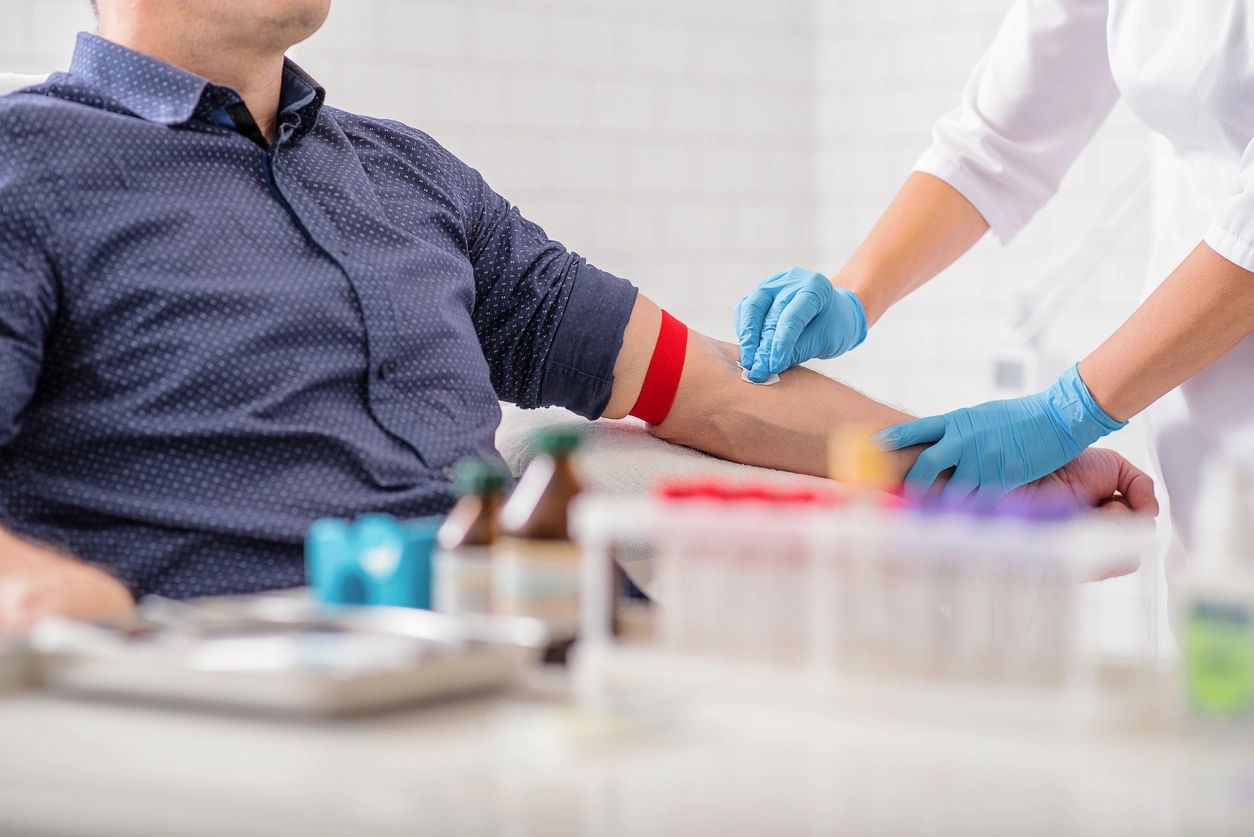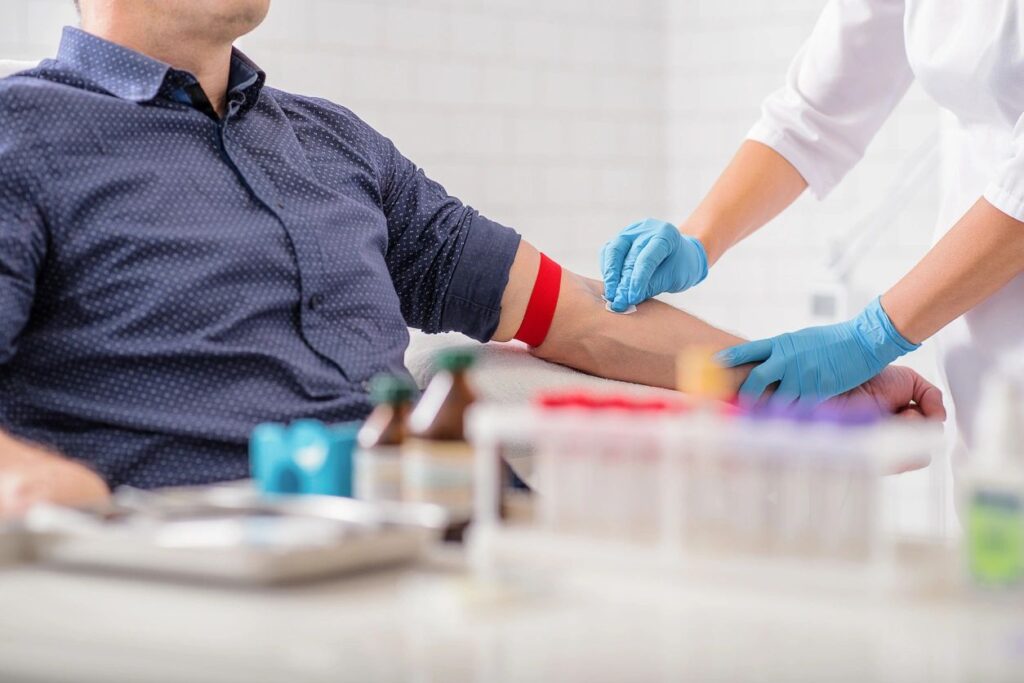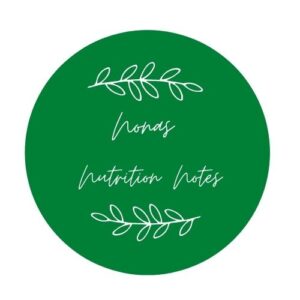What you should know about Anemia.

Anemia itself is not an illness, but a symptom that is found in a variety of conditions. In other words, it is an indication there is an underlying problem.
It means “lack of blood” and consequently results from a disruption in the way our bodies function.
What is Anemia?
Anemia is a reduction in the hemoglobin and hematocrit levels in the blood. In other words, a decreased amount of red blood cells (RBCs). It results in the blood carrying less needed oxygen to cells in the body. Consequently, symptoms of fatigue or confusion may result. Anemia can be determined by a simple blood test.
Diseases that commonly result in anemia include cancer, rheumatoid arthritis, and kidney disease. Additionally, chronic inflammatory diseases such as Crohn’s disease can also result in anemia. In some studies, anemia was found to be associated with an increased risk of dementia.
Mild or Severe? What is normal?
Anemia can be graded as mild or severe. For example, mild cases may be characterized by a hemoglobin of 10, while a hemoglobin of 6 may indicate severe anemia.
Determining what a “normal” hemoglobin or RBC level is for you, depends largely on age and gender .
For example, as we age, our chance of developing anemia increases. It becomes most evident in the elderly. For instance, about 20% of those over 85 years of age, have some type of anemia. In elderly adults, anemia is most commonly an iron deficiency type of anemia, in other words, due to poor diet or poor absorption. On the other hand, anemia in the elderly can be simply from chronic disease. In other words, compiled over time.
When it comes to gender, women are more likely to be anemic than men. For example, as a result of pregnancies and menses, women have regular blood loss, increasing the chance of anemia. Consequently, multiple pregnancies result in a higher risk. Additionally, uterine fibroids may lead to heavier menses and increased blood loss.
What factors influence absorption?
In adults of any age, iron absorption can be affected by medications and diet. For example, antacids such as tums or Pepcid, alter the acidity level in the gut. Consequently, this decreases iron absorption. In other words, long term use of antacids can result in anemia. However, if you have been taking antacids, you should not stop taking before consulting with your doctor.
Additionally, studies have shown tea and coffee to have a negative effect on iron absorption. For example, drinking a cup of coffee with a meal can decrease iron absorption by 39%. Also, the stronger the coffee, the less iron absorbed.
However, on the other hand, Vitamin C has a positive effect. For instance, increasing Vitamin C rich foods such as orange juice, tomatoes, and broccoli, can help improve anemia. Therefore, some doctors suggest taking an iron supplement with orange juice, or for example, a supplement containing both iron and vitamin C.
Symptoms of Anemia
How do I know if I am anemic? In other words, what are the symptoms?
Firstly, some of the most common symptoms of anemia are fatigue and weakness. For example, you may feel more tired than usual. Consequently you may not have the energy to perform routine tasks.
Secondly, because anemia causes a lack of oxygen in the blood, other symptoms may occur, such as confusion, dizziness or shortness of breath. It has also been suggested that cognitive insufficiency or dementia may be a result of lack of oxygen in the blood.

Seeing your doctor is key in diagnosing anemia and can be determined by a simple blood test.
What type? Chronic or acute?
Chronic anemia is the most common and generally seen as a gradual decline. It may be the result of an inadequate diet or a disease state.
There are several forms of chronic anemia, such as:
- Microcytic or iron deficiency which is the most common type of anemia and may be due to poor diet or chronic illness such as chronic kidney disease and infections.
- Macrocytic or B12 or Folic Acid (FA) deficiency can result from a meatless diet or alcoholism or liver disease.
- Normocytic is due to decreased red blood cell production in the bone marrow and is least common.
- Hemolytic is related to medical conditions, such as sickle cell anemia and heart valve abnormalities.
On the other hand, acute anemia is less common and a result of severe blood loss. For instance, acute anemia is seen following surgery or childbirth or as a result of a severe accident. Moreover, it is an abrupt drop in RBC’s. For example, due to a hemorrhage or ruptured artery.
What is the best treatment ?
Most importantly, if your doctor has diagnosed you with one of the more common types of chronic anemia, for instance, iron deficiency or B12 and FA deficiency, then changing your diet is the best treatment.
For example, you might add vitamin C and iron rich foods together, while avoiding coffee. Similarly, you might avoid dairy and iron rich foods at the same meal.
Meanwhile, take a look at and evaluate what you eat in a typical day. For example, is it low carb? high protein? low sugar? low fat? Consequently, it may not be adequate.
For instance, are you eating a variety of foods or including just a few? As a result, you may be eliminating nutrient-rich foods.
Eating a well-balanced diet is critical for maintaining good health and reversing anemia. Consequently, our health is dependent on what we eat.
Which foods are high in Iron, Vitamin B12 and FA?
Iron is found predominantly in animal products, therefore, including meat and fish in your diet is important for treating anemia. In addition, other foods such as dried fruits, fortified cereals and shellfish contribute a significant source of iron.
The recommended intake of iron for men and post-menopausal women is 8 mg per day, For pre-menopausal women the level is 18 mg per day. See the table below for iron rich food sources.
Those who are vegan or vegetarian, run a higher risk of developing anemia as a result of eliminating animal products from their diet.
Consequently, these individuals, need to include both high iron and FA rich foods to meet their needs. For instance, including legumes, cooked spinach and avocados which are rich in FA, are beneficial.
The recommended intake of FA for adults is 400 mcg per day. In pregnancy, however, the recommended intake is 400-800 mcg per day. See the table below for foods rich in folic acid.
Unfortunately, without animal products in the diet, consuming adequate Vitamin B 12 is more of a challenge. Therefore, vegans and vegetarians should look for fortified nutritional yeast and foods that are fortified with Vitamin B 12. For instance, Total ready-to-eat cereal is fortified with vitamins and minerals including B12.
For example, in one study of 49 vegan adults, results showed a significant improvement in Vitamin B12 levels after adding fortified nutritional yeast to their diets.
| Foods high in Iron per serving | Foods high in B12 per serving | Foods high in FA per serving |
| Oysters 8mg | Clams 84 mcg | Garbanzo beans 282 mcg |
| Liver 5 mg | Liver 70 mcg | Cooked spinach 263 mcg |
| Spinach 3 mg | Salmon 5 mcg | Black beans 256 mcg |
| Lentils 3 mg | Tuna 3 mcg | Rice 195 mcg |
| Beef 2 mg | Fortified nutritional yeast 2-4 mcg | Orange juice 110 mcg |
| Eggs 1 mg | Beef 1.4 mcg | Soybeans 93 mcg |
| Raisins 1 mg | Eggs 0.6 mcg | Asparagus 88 mcg |
| Fortified Cereals varies | Fortified Cereals varies | Avocado 19 mcg |
B12 supplement
In addition, a Vitamin B12 supplement may be a good idea to assure your needs are met. Moreover, B12 is available as a once per month injection or orally, and taken on a daily basis.
The recommended dose of Vitamin B12 for adults is 2.4 mcg. It should be noted that only a small percentage of B12 is absorbed from supplements. For example, if you take a 500 mcg pill, your body will absorb only about 10 mcg.

